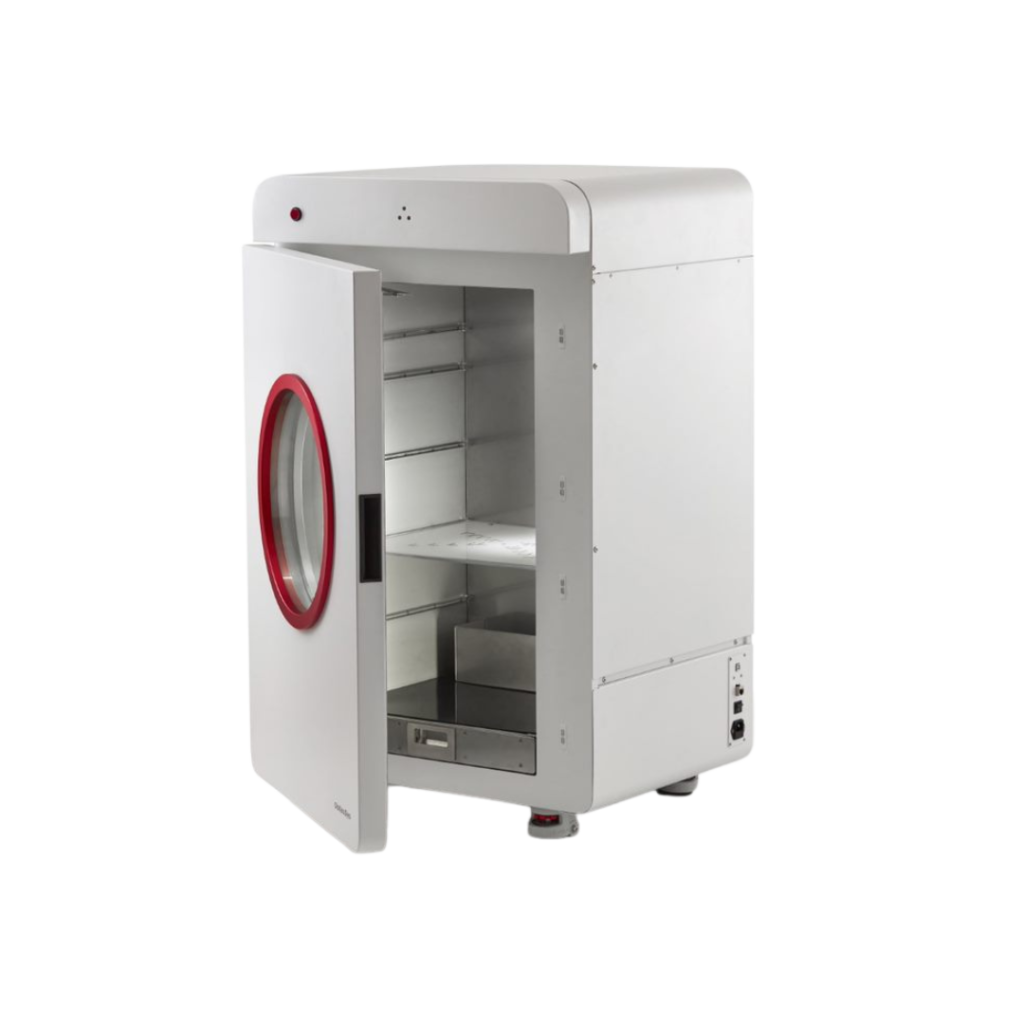System Used:
iNSiGHT

Obesity has been and continues to be a major issue worldwide and has severe health complications. According to the World Health Organization (WHO) in 2016 there were 1.9 billion adults considered overweight and 650 million of these individuals were obese. 340 million children and adolescents between the ages of 5-19 were also considered overweight or obese in 2016. 39 million children under the age of 5 were considered overweight or obese in 2020. These numbers are continuing to rise to as high as almost 13% of the global population (19 and over) are currently obese, 39% of adults (19 and over) are currently overweight, and now 1 in 5 children/adolescents (18 and under) are considered overweight or obese1. Being overweight or obese can lead to serious health conditions such as type 2 diabetes and cardiovascular diseases. Exercise, diet, and supplements are just some of the ways to help combat obesity.
Kim, J et al. are the first to describe that Allium Macrostemon (AME) extract from the entire plant exhibits anti-obesity effects in a mouse model of high fat diet (HFD). The study used C57BL/6N mice that were divided into 3 groups and fed with a control diet (CD), HFD, or HFD with AME treatment at 200 mg/kg body weight (BW) daily over 9 weeks. As part of the analysis the authors used the iNSiGHT dual-energy X-ray absorptiometry (DXA) scanner to assess the lean and fat mass with and without AME treatment2.
AME reduced body weight gain, fat mass and adipocyte size. AME also reduced adipogenesis and lipogenesis in adipose tissue. Inflammation and endoplasmic reticulum (ER) in adipose tissue was also reduced with AME supplementation. Phenolic acids were identified naturally in AME that are known to have anti-obesity effects including ellagic acid, protocatechuic acid, and catechin. Based on these results AME has the potential to be a functional food to help prevent and treat obesity2.
iNSiGHT DXA images were captured 1 week before mice were humanely sacrificed (Figure 1C). AME supplementation reduced overall body weight as early as 1 week into treatment and this remained statistically significant after week 1 till week 9. AME also reduced epididymal adipose tissue weight, fat mass and lean mass as measured by the iNSiGHT DXA (Figure 1). The iNSiGHT DXA analysis software is automated and allowed the authors in real time to assess overall lean and fat mass, but also regional differences by drawing specific regions of interests (ROIs)2.

Figure 1. AME extract supplementation results on an HFD-induced mouse model. (A) Body weight changes measured via the iNSiGHT DXA from week 0 to 9. (B) Epididymal adipose tissue weight. (C) Representative images captured on the iNSiGHT DXA. Upper images are the X-ray attenuated image, while the bottom images are the lean mass (green) versus fat mass (red) regions identified in the mice. (D) The automated calculated lean and fat mass via the iNSiGHT DXA comparing the CD, HFD, and HFD+AME2.
This study demonstrates that AME has anti-obesity properties in an HFD-fed mouse model. AME was significantly able to reduce body weight gain, adipose tissue hypertrophy, inflammation, and ER stress2. The iNSiGHT DXA was a fast and effective tool that allowed for rapid, automated, and accurate measurements for lean and fat mass all within a 25 second scan. Along with the data collected, the iNSiGHT DXA generates a lean versus fat mass map image to allow the researcher to pan through and look further into specific tissue areas.
References:
1. World Health Organization (WHO): https://www.who.int/news-room/fact-sheets/detail/obesity-and-overweight.
2. Kim, J., Lee, J.-Y. & Kim, C. Y. Allium macrostemon whole extract ameliorates obesity-induced inflammation and endoplasmic reticulum stress in adipose tissue of high-fat diet-fed C57BL/6N mice. Food Nutr Res 67, (2023).